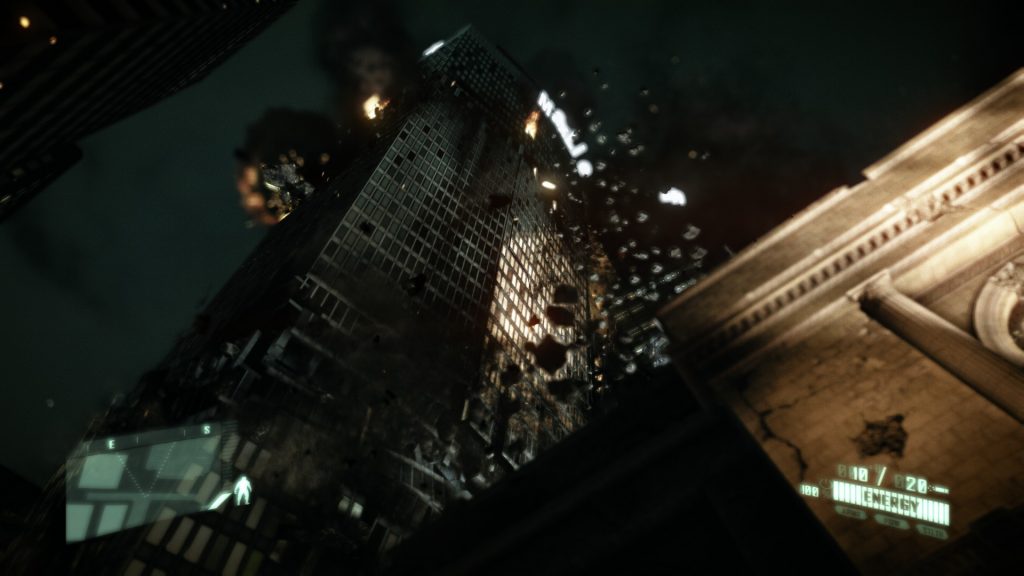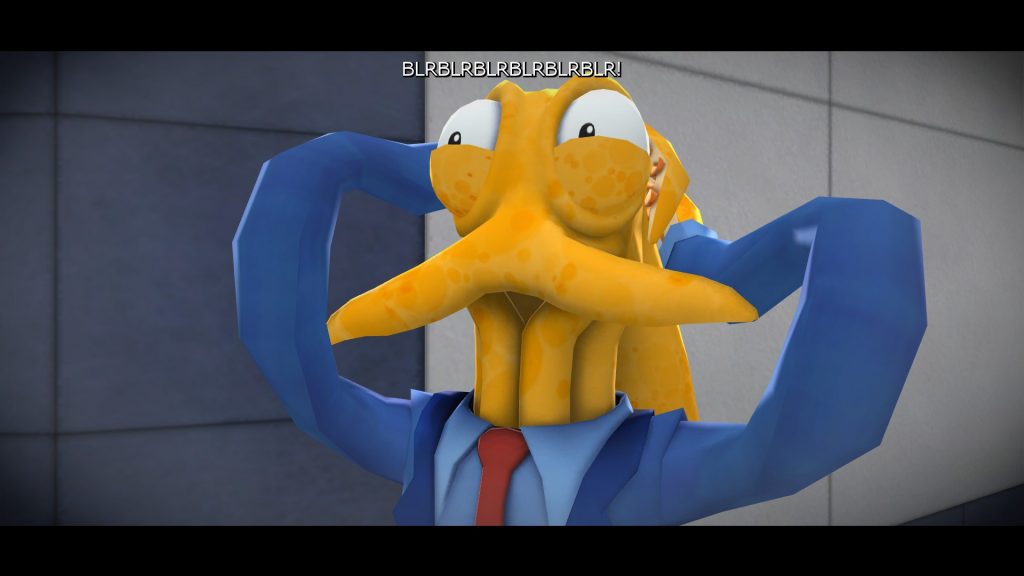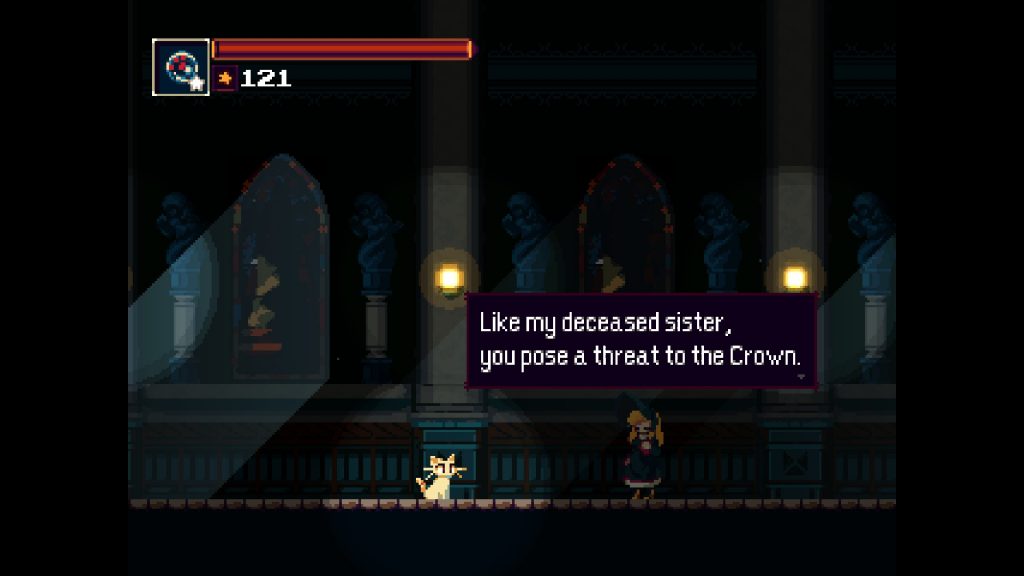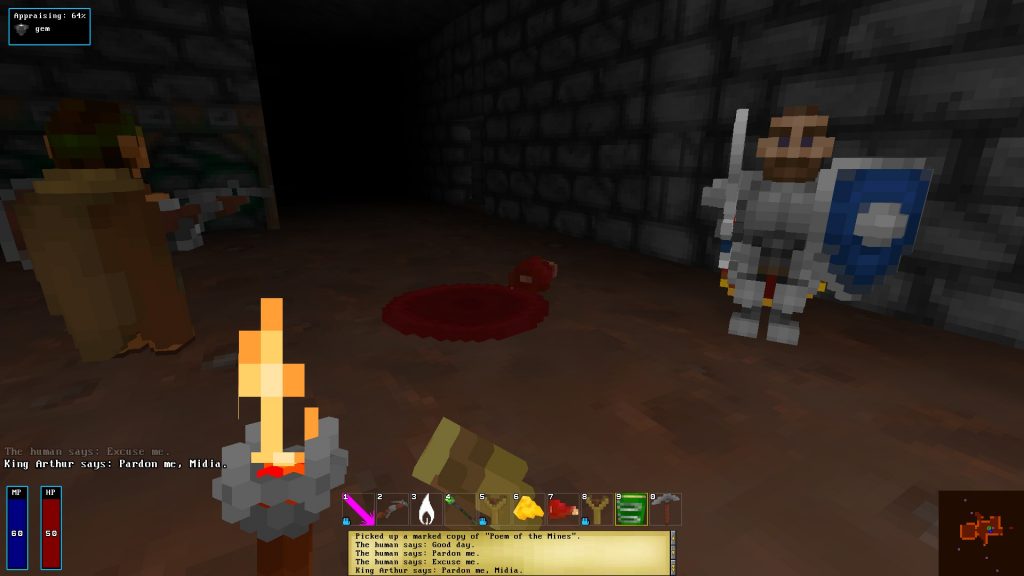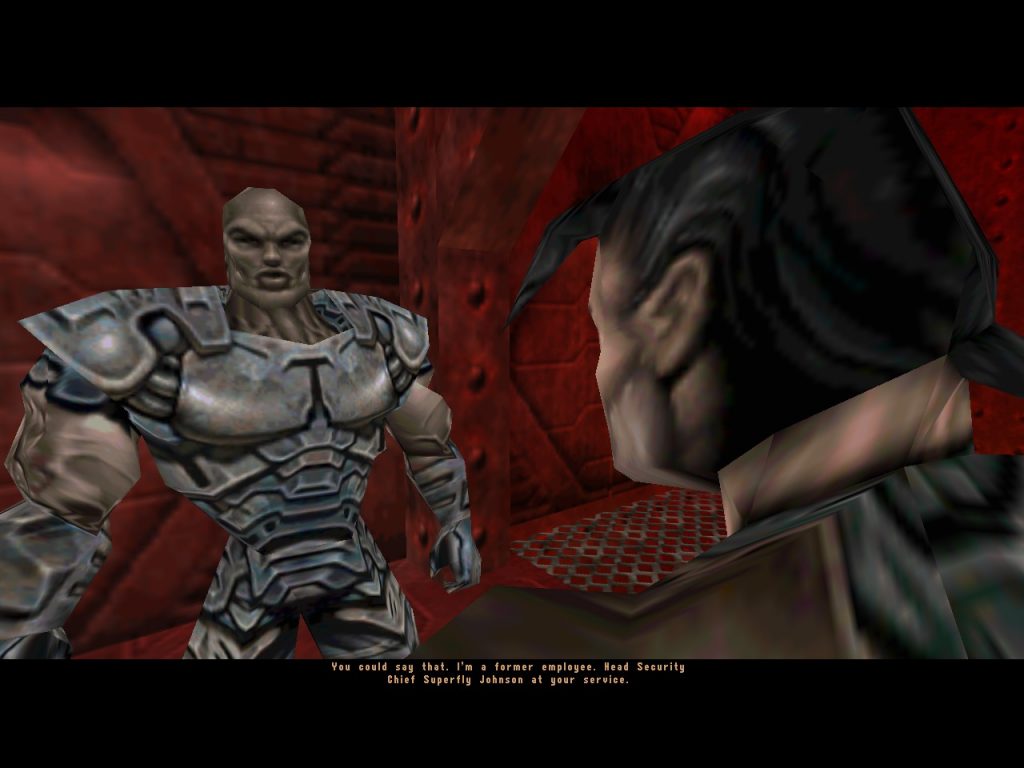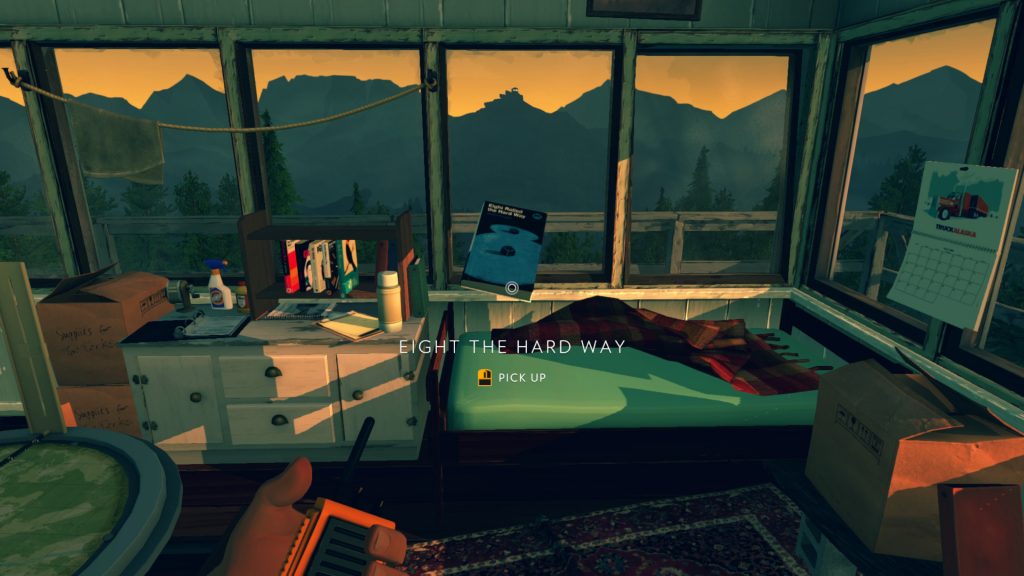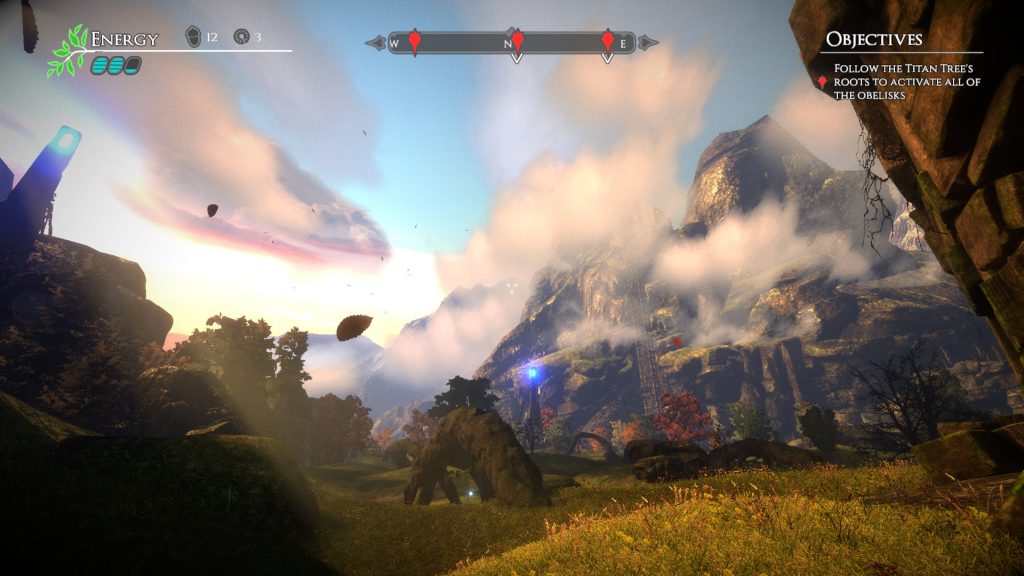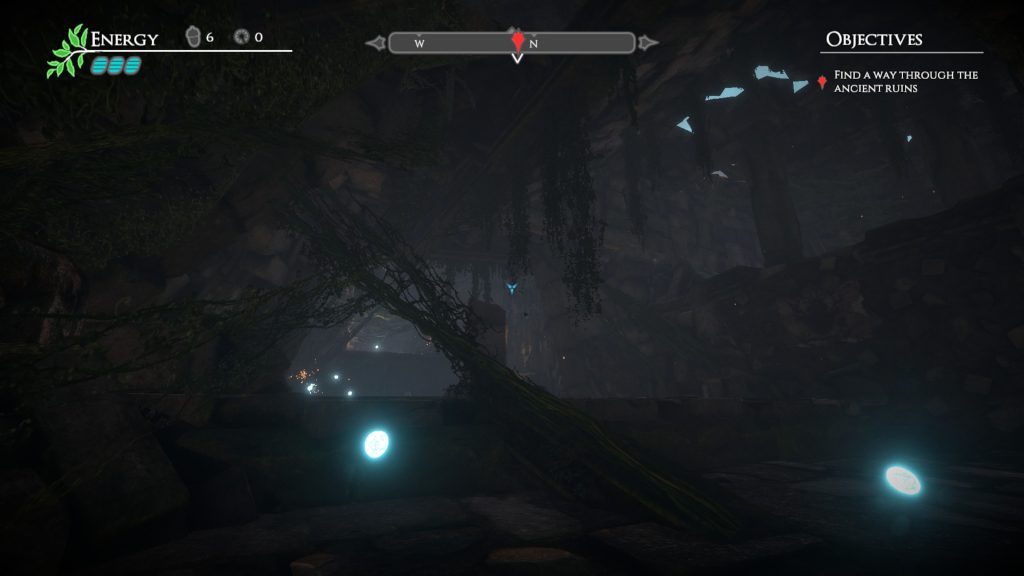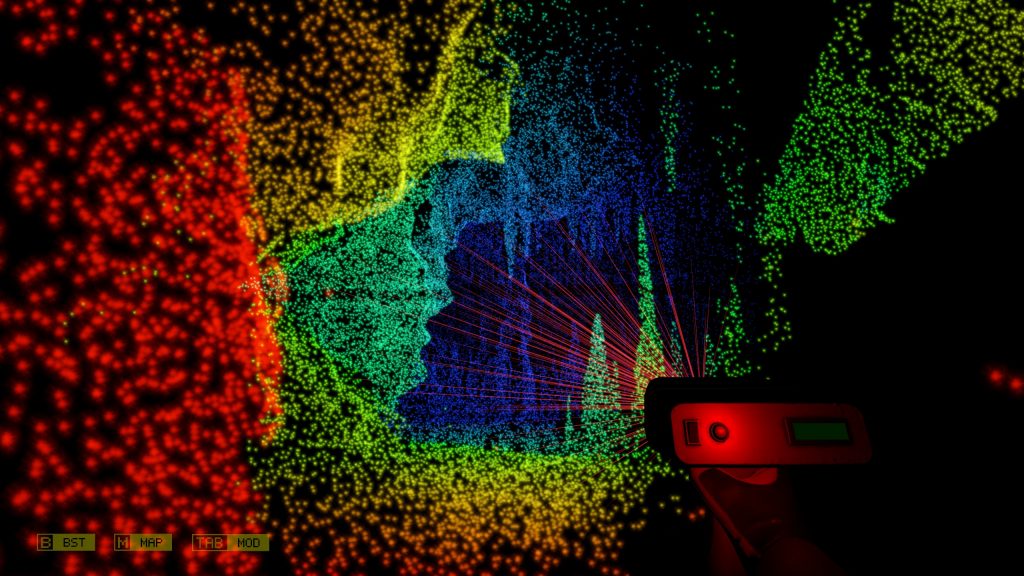FarSky is a good game, but a short and flawed one. I can’t quite put it into Tier One because there’s just a few too many complaints.
You were on board your submarine when, for reasons unknown, it cracks apart into nine pieces and deposits you on the ocean floor near an abandoned research outpost. Your quest is to survive, find those nine pieces, and pilot your submarine back up to the surface.
Unfortunately, this is where the problems start. First, you’re 100m below the surface in a diving suit. You could just…swim (except there’s no swimming in this underwater game). You might argue that that wouldn’t help, since you’d still be stuck in the middle of the ocean. You be right, except that brings us to: second, you’re in radio contact with someone standing by to rescue you. When the premise of your game has this many holes, it’s hard to suspend disbelief.
But fine, let’s ignore the plot and just play the game – we’re supposed to be having fun, after all. And, on the whole, the game is fun. You mine for materials, craft upgrades and base expansions, and eventually you can set up automatic mining facilities (which is very, very nice). My only real complaints as far as game-play are the remarkably aggressive sea life (shark attacks don’t happen that often) and the length. All told, it took me two hours to complete everything. I had no particular motivation to start a new game or start survival mode, since there wasn’t much more to do. And sadly, I barely used the top tier gear before I was done.
But it was a fun two hours, so I put it into Tier Two.
Steam link
